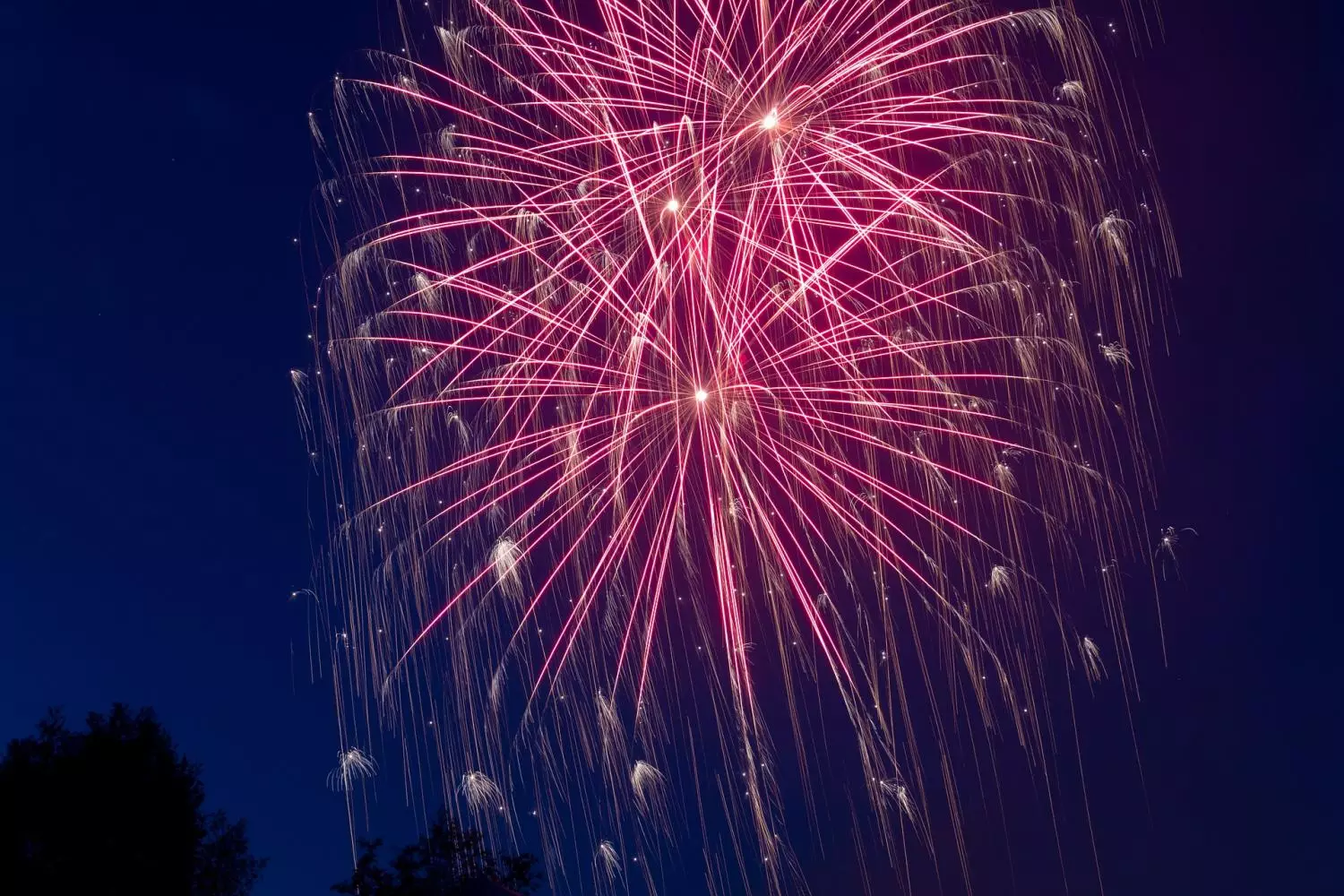As Independence Day nears, many people in Utah look forward to vibrant firework displays that pay homage to the nation’s history. While the flickering lights and explosions capture the essence of celebration, a recent study from Brigham Young University (BYU) casts a shadow over these jubilant events. Research led by geology professor Greg Carling unfurls a frequently ignored yet crucial aspect of the holiday: the significant spike in air pollution caused by fireworks. This alarming trend challenges the perception of fireworks as merely joyful entertainment and forces us to confront their environmental implications.
The Unseen Menace of Particulate Matter
The BYU study emphasizes the dangers posed by particulate matter, an enigmatic amalgamation of microscopic pollutants including dust, trace metals, smoke, and droplets. Among these, PM2.5 particles stand out due to their potential for serious health repercussions. These notoriously brittle specks can infiltrate the deepest recesses of our lungs, sparking a variety of health complications. Carling’s research underlines that Utah—despite its picturesque landscapes and vibrant culture—grapples with significant air quality threats, especially during firework festivities which coincide with summer celebrations.
Contrary to initial assumptions that other natural occurrences like dust storms and seasonal inversions pose the most risk, Carling’s findings suggest that the fireworks we all cherish contribute a notable share to local air pollution. “We know we’re taking in unhealthy particles during firework events, dust storms, or winter inversions,” states Carling, bringing our attention to the dangers we sleepily accept in the name of celebration.
Decoding Pollution: What Lurks in the Air
Over two intense years of study, Carling and his team meticulously monitored air samples to reveal the hidden content of air pollution during firework events. Their scrutiny unearthed alarming concentrations of trace metals, drawing attention to the need to scrutinize not only the presence of particulate matter but also the specific toxins that accompany it. The results were startling: periods of heightened fireworks use coincide with peaks in barium and copper emissions—two metals typically associated with pyrotechnics.
Moreover, during the infamous winter inversions, air quality suffers further due to elevated levels of lead, arsenic, and thallium. The long-term health effects of these metals are alarming, with implications ranging from exacerbated asthma to severe cardiovascular conditions. Carling speaks candidly about our ignorance, stating that while acute impacts of elements like lead are documented, chronic effects remain shrouded in uncertainty, prompting a crucial dialogue about what we actually know—and what we need to know—about our air quality.
Policy Makers and Public Awareness: The Road Ahead
Despite Utah’s stringent water standards, air quality regulations remain woefully inadequate. Carling’s dedication to raising awareness should inspire both individuals and policymakers to initiate meaningful change. The need for regulations surrounding air pollutants, particularly those that become increasingly pressing during events like Independence Day, is now clearer than ever. Communities must not only enjoy leisure activities but also safeguard public health, expecting robust policy changes that reflect growing knowledge concerning air quality dangers.
Carling advocates for a shift in attitudes toward personal firework displays, suggesting communal displays as safer alternatives. This lends itself to a collective spirit of celebration while minimizing individual contributions to air pollution. Additionally, during days marked by poor air quality, individuals can take actionable steps, such as exercising indoors or fleeing urban areas to avoid inhaling harmful toxins.
Hope for the Future: Research as a Catalyst for Change
The essential takeaway from Carling’s research lies in its capacity to lead to legislative progress that can mitigate harmful air pollution caused by fireworks. Public awareness combined with scientific inquiry should catalyze more stringent regulations, not only leading to safer celebrations but also better overall air quality standards. The hope is that increased education around these issues will empower the public to make informed decisions while also encouraging government action on this pressing matter.
Ultimately, the beauty of Independence Day should not come at the cost of our health, and it is the duty of each citizen to reconcile love for their traditions with a conscientious approach towards their environmental impact. In this modern age where knowledge can navigate the challenges of tradition, we hold the power to illuminate a path toward safer, more sustainable celebrations.

